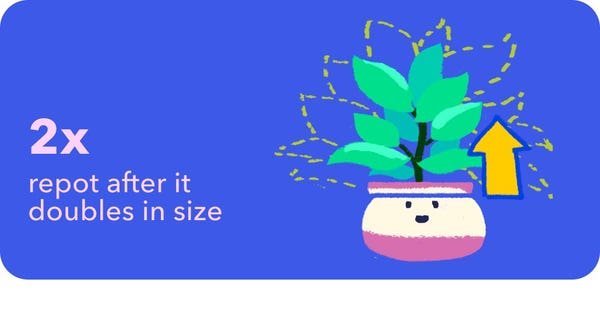





































Caesalpinia Pulcherrima
About Caesalpinia Pulcherrima
The Pride of Barbados is an evergreen shrub or small tree that is a member of the Fabaceae or legume family. It is originally from Mexico and the Caribbean and has beautiful showy orange-red flowers, fern-like leaves, and prickles on its stems and branches. In the tropics, it may grow 15-20 feet tall and equally as wide. It's a deciduous shrub in zone 9 and perennial in zone 8.
Taxonomy

Caesalpinia pulcherrima
Caesalpinia
Fabaceae
Fabales
Also known as
Dwarf Poinciana, Dwarf Poinciana, Poinciana, Peacock flower, Red bird of paradise, Mexican bird of paradise, Pride of barbados, Flos pavonis, Flamboyant-de-jardin and ʻohai aliʻi

How to care for Caesalpinia Pulcherrima
How often to water your Caesalpinia Pulcherrima

every 9
Caesalpinia Pulcherrima needs 0.5 cups of water every 9 when it doesn’t get direct sunlight and is potted in a 5" pot.
Use our water calculator to personalize watering recommendations to your environment or download Greg for more advanced recommendations for all of your plants.

Water 0.5 cups every
9
Finding light for Dwarf Poinciana in your home

a window
Caesalpinia Pulcherrima love being close to bright, sunny windows 😎.
Place it less than 1ft from a south-facing window to maximize the potential for growth.
Caesalpinia Pulcherrima does not tolerate low-light 🚫.
Select your region to see how the current weather in your area affects the placement of Caesalpinia Pulcherrima in your home 🏡.
How to fertilize Caesalpinia Pulcherrima

Most potting soils come with ample nutrients which plants use to produce new growth.
By the time your plant has depleted the nutrients in its soil it’s likely grown enough to need a larger pot anyway.
To replenish this plant's nutrients, repot your Caesalpinia Pulcherrima after it doubles in size or once a year—whichever comes first.
-
I now have beef with either the neighborhood cats/chickens or the people that do our yard. Someone completely ripped it up!! I am so devastated, honestly. It had so many beautiful leaves and it was growing so so well. Now he’s all nakey 😔
-
Do these plants need to be staked or supported in anyway? One of its branches seems a little leggy and weak.
Care Summary for Caesalpinia Pulcherrima

Caesalpinia Pulcherrima
 Greg recommends:
Greg recommends:
 Water
Water
0.5 cups every 9 days
 Placement
Placement
< 1ft from a window
 Nutrients
Nutrients
Repot after 2x growth
Based on the 4” pot your plant is in, and that it doesn’t get direct sunlight.

 Trending in your area
Trending in your area

Split Leaf Philodendr…

White Bird of Paradise

Window Leaf

Painter's Palette

String of Pearls

Triostar Stromanthe

Mini Monstera

Philodendron Brasil

Zebra Plant

Polka Dot Plant

Coleus

Florist Kalanchoe

Golden Torch

Baby Rubber Plant

Philodendron Birkin

Purple Heart

Golden Barrel Cactus

Jelly Bean Plant
 Similar to Caesalpinia Pulcherrima
Similar to Caesalpinia Pulcherrima
✨ Discover rare plants

Chinese Evergreen 'Ga…

Croton Nervia

Crassula 'Purple Drag…

Royal Flush Split Rock

Hoya bordenii

Picasso's Paintbrush

Kudu Lily

Echeveria Esther

African Candelabra

Strawberry Shake Phil…

Begonia lubbersii

Philodendron 'Rio'

Milky Widow's Thrill

Peperomia 'Harmony's …

Anthurium Fingers

Pine Cone Plant









